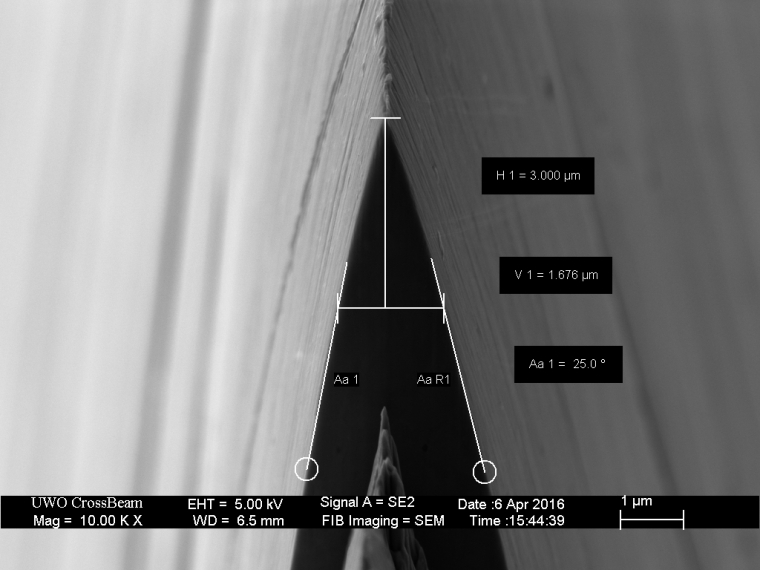 chiral.grolim
chiral.grolim
- Sorry, your answer makes absolutely no sense to me. Please use real numbers and show the the trig formulas you use to derive the curves. As far as I can see, you have simply pulled edge angle and "units" (what are those?) out of thin air.
The units for angle are given - degrees per side. This is a measure of the space between intersecting lines/planes.
There are no units for mechanical advantage - it is a ratio.
Edge strength for a blade of given material at given hardness is largely a factor of stiffness which is derived from intrinsic factors and, most especially, thickness. So if you measure the thickness, your units will involve that measurement. These are general principles governing edge geometry. They translate to real-world cutting performance - the gains and losses you can expect from different edge geometries based on the geometry alone.
I am sorry that the principles don't make sense to you. That is a shame. Is there a reason that you then referenced a different steel at a different hardness to respond to the OP?? "I have no experience with what you mention, but here is a random reference point." Most of my post was about
experience. Knowing the principles and knowing the geometry of your knife informs your understanding of
why it performs the way it does and how altering the geometry will impact that performance.
Why do you want the microbevel? How do you know that the angles are actually 12 and 14? Have you ever tried the angles mentioned by the OP?
As I mentioned in my earlier post, everything from chainsaws to straight-razors uses ~15-dps for the edge (like tim37a's microbevel). This can be adjusted according to what the user experiences in terms of damage or performance. The charts give the relative impact on the edge of changing the angle, the principles tell you how much strength you gain or lose for a given increase/decrease in cutting performance by changing the edge angle. HOWEVER, if the cutting you do proceeds deeper than the edge-bevel, then shoulder thickness (BET) will have a much greater impact on performance. An edge that is 15-dps and 0.010" thick will behave VERY different from one that is 0.030" thick. The math predicts it to be so based on the principles at play, and experience testifies to the reality of the principle.







 no reason to increase an angle and add strength, sacrificing cutting efficiency, if the strength they currently have appears to suffice. *shrug*
no reason to increase an angle and add strength, sacrificing cutting efficiency, if the strength they currently have appears to suffice. *shrug*

